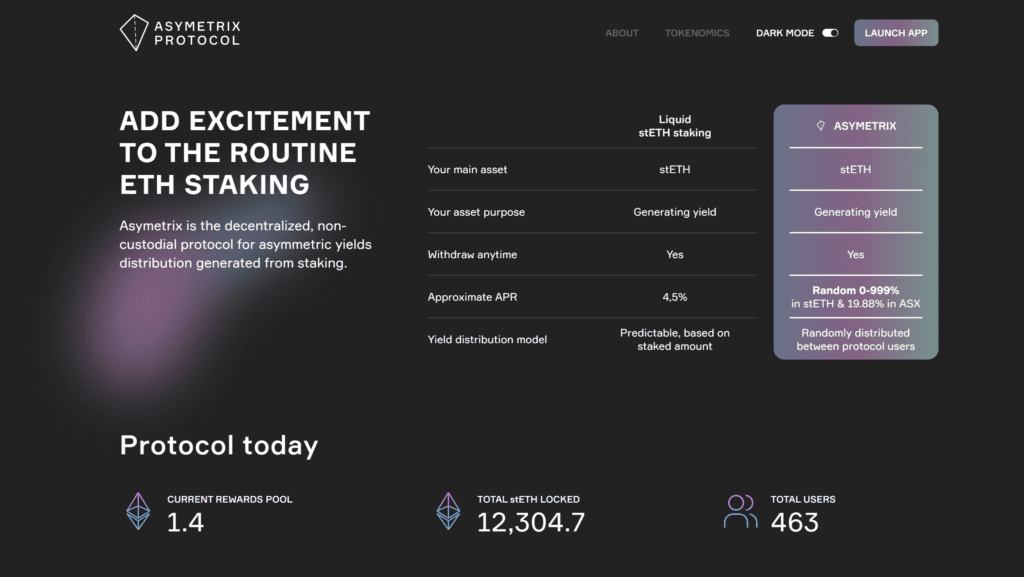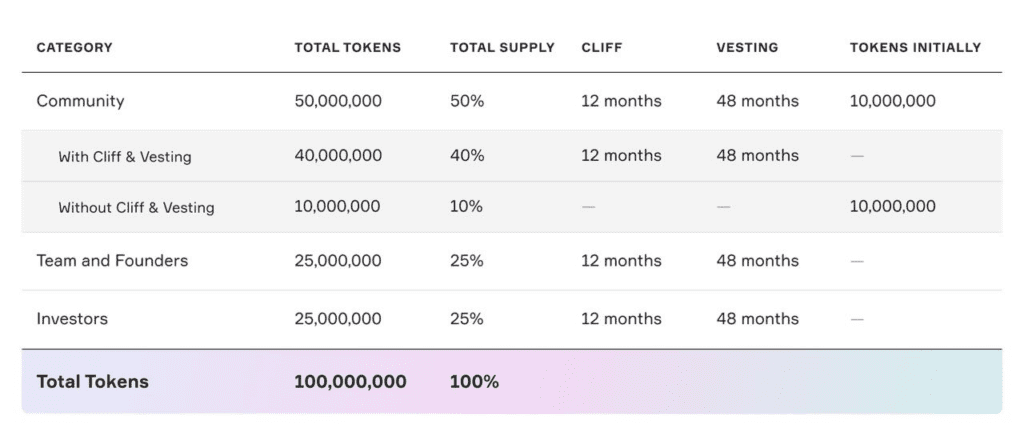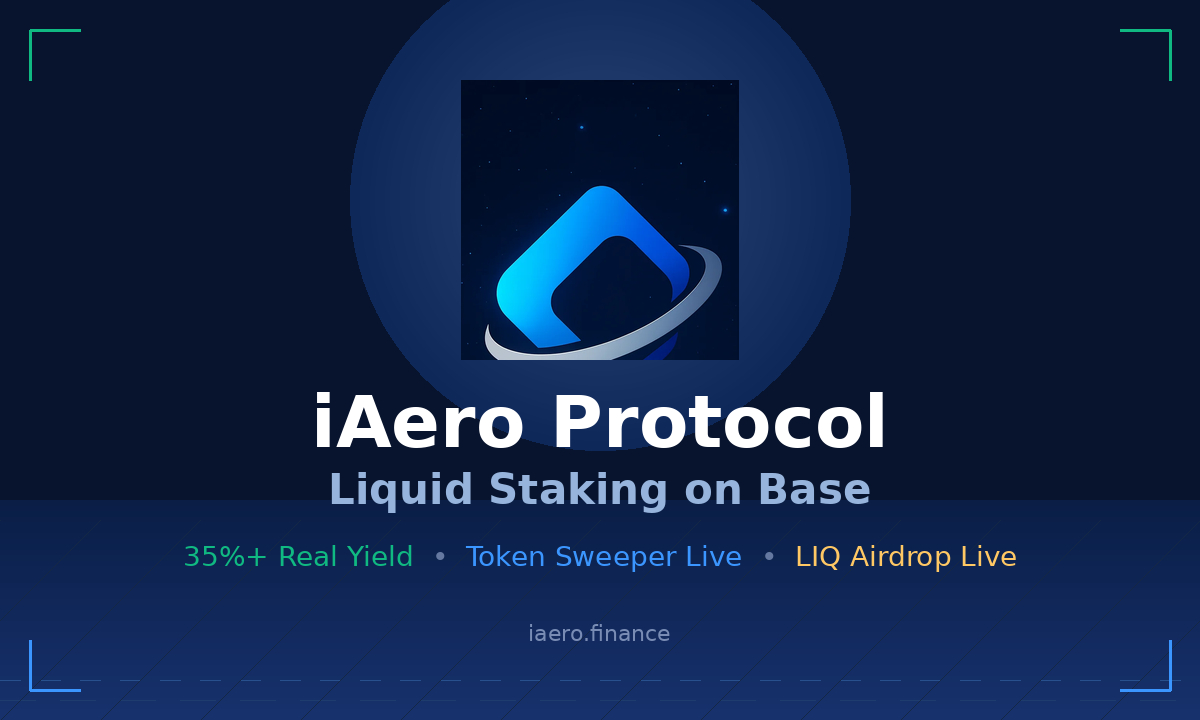Asymetrix Protocol is focused on Ethereum as the underlying asset because it is a top asset that natively generates yield. Asymetrix offers them the opportunity to centrally distribute the income of all bettors to a few lucky ones through a fair and transparent mechanism so that they can reap outstanding profits. In contrast, those who bet Other bettors keep their capital and don’t get any money.
What is Asymetrix Protocol?

Asymetrix is a decentralized, non-custodial protocol for the asymmetric distribution of profits generated from staking.
Asymetrix focuses on Ethereum as the underlying asset, as it is the leading asset that generates profits from staking. In creating the Asymetrix protocol, different liquidity staking derivatives (LSDs) offered by different liquidity staking providers were evaluated.
Currently, liquidity staking providers offer two types of LSD: c-Token (rewards are reflected in token prices, such as rETH, cbETH, and others) and a-Token (rebase, more generated rewards for more tokens, balance updates every 24 hours such as stETH).
stETH was chosen as the main asset because of its transparency and product-market fit. The stETH token is currently the most dominant token in liquidity staking protocols, with a market capitalization of over $5 billion.
With a unique staking mode, the platform allows its users to earn up to 999% APR in stETH. While some users may get a 0% staking bonus, the winners will receive an impressive 500% return on their investment.
The goal is to create an analog of Premium Bonds in crypto with a large number of winners. Asymetrix is going to distribute staking rewards in a way that the basic average profitability for all users does not decrease significantly (e.g., 3% APR instead of 5% for ETH staking) while still offering the chance for super-large rewards (up to) 1 million USD equivalent).
How does the Asymetrix Protocol work?
The first step involves users depositing their stETH tokens into the Asymetrix protocol. On deposit, the protocol generates 1:1 Pool Sharing Tokens (PSTs) for the sent stETH and sends them to the user’s wallet. These PST tokens reflect the user’s share in the protocol and are required for withdrawals. Please note that the current version of the Asymetrix protocol has a minimum deposit of 0.1 stETH.
In the second step, ETH staking rewards are accumulated within the protocol, with the balance of stETH growing at the current Lido Annual Percentage (APR) rate and updating every 24 hours.
The third step involves distributing profits to users, with a random draw taking place every 604800 seconds (approximately once a week, with parameters adjusted at the discretion of the DAO). Winners are randomly selected with the help of Chainlink VFR and their exact win rate dynamically changes in real time. The user’s initial deposit remains in the protocol for the next withdrawal by default, so there is no need to re-enter it for each withdrawal manually.
In the fourth step, winners will automatically receive their reward in the form of PST, which is equivalent to the amount of stETH won. The user’s balance is increased, automatically increasing the chances of winning in future draws. Therefore, it is unnecessary to claim the reward every time as it is done automatically.
Finally, in the fifth step, the user can withdraw his initial deposit at any time. The Asymetrix protocol will burn their existing PST tokens for stETH tokens at a 1:1 ratio. Asymetrix is a non-custodial protocol, which means users have full control over their funds.
Why the Asymetrix Protocol adds excitement to ETH staking
ETH staking may be exciting for large stakers, but it may not be the same for smaller ones. For individual investors with limited funds, the annual rate of return brought by the ETH commitment is usually only around 5%, which makes it difficult to stimulate their investment interest. They often dive into the cryptocurrency market in search of higher profit margins. Besides, the betting process is also considered by users to be complicated but tedious. Therefore, the Asymetrix Protocol sought to overcome these shortcomings.

- Users deposit staking ETH (stETH) into a common pool powered by the smart contract;
- The general team makes a profit every 24 hours;
- The profits generated from this pool are distributed periodically (currently once a week) according to the protocol among the participants of the pool in a random and asymmetric manner;
- In any event, users keep their initial deposit and are exposed to an increased ETH price, fostering saving behaviour;
- All users receive rewards in ASX tokens as an initial distribution according to their stake in the protocol’s emissions schedule and TVL. See more details in ASX token distribution;
- Users always have access to their deposits and can withdraw them at any time.
Governance model
Asymetrix Protocol was a DAO with the ultimate goal of creating a fully decentralized protocol owned, controlled, and designed by the community.
A user’s value in the DAO, represented by an ASX token, gives them weight in the governance vote. These tokens will be distributed among users and protocol participants.
Tokenomics
The protocol uses the AXS token as the governance token. By holding AXS tokens, users can participate in the governance process, where they can recommend and vote on various parameters and strategies affecting the operation and performance of the protocol.
Asymetrix has developed a unique tokenomics model around cultivating thrifty behavior and providing equal earning opportunities for all users. The $ASX governance token, based on the ERC-20 standard, has a total supply of 100 million.

Token Allocation:
- 50% of the tokens are allocated to the Community, with 40 million having a 12-month cliff followed by linear vesting over 48 months, and 10 million tokens available initially;
- 25% of the tokens are allocated to the Team and Founders with a 12-month cliff and 48-month vesting period;
- 25% are allocated to investors with a 12-month cliff and 48-month vesting period.
Conclusion
The Asymetrix protocol allows holders of a small amount of ETH to participate in the exciting world of LSDfi, where they can enjoy high returns and randomness through asymmetric reward distribution. The protocol is also easy to use, as users simply deposit stETH into the smart contract and wait for weekly withdrawals.
The Asymetrix protocol does exactly what its name suggests. It distributes bet profits asymmetrically. In other words, it randomly allocates additional bonuses as you bet. The protocol tries to attract as many people staking ETH. In return, you can get a great reward. In return, you can get a great reward. That’s why, now add Asymetrix to the mix. You can earn interest on your stETH and can withdraw at any time.
DISCLAIMER: The information on this website is provided as general market commentary and does not constitute investment advice. We encourage you to do your own research before investing.
Join us to keep track of news : https://linktr.ee/coincu
Foxy
Coincu News






















